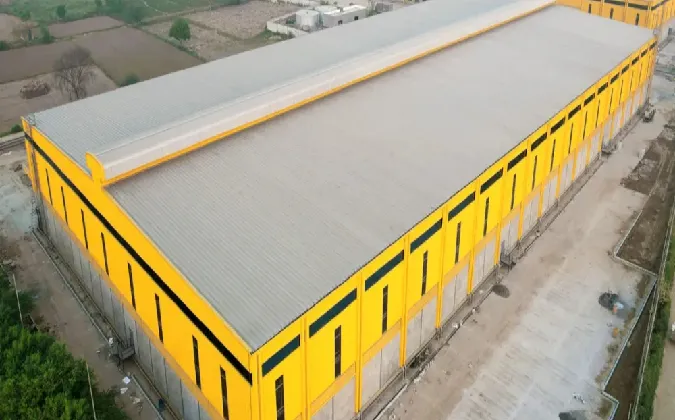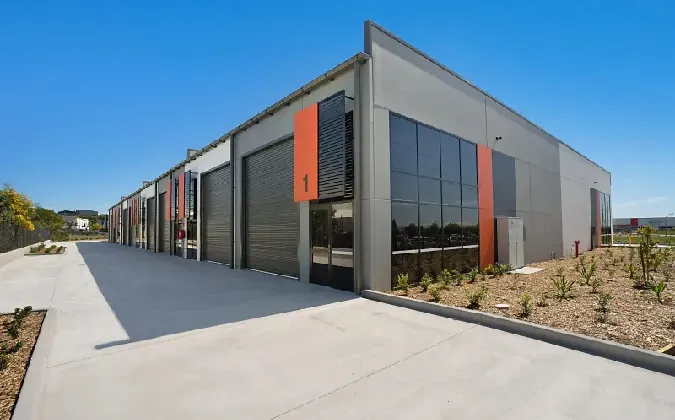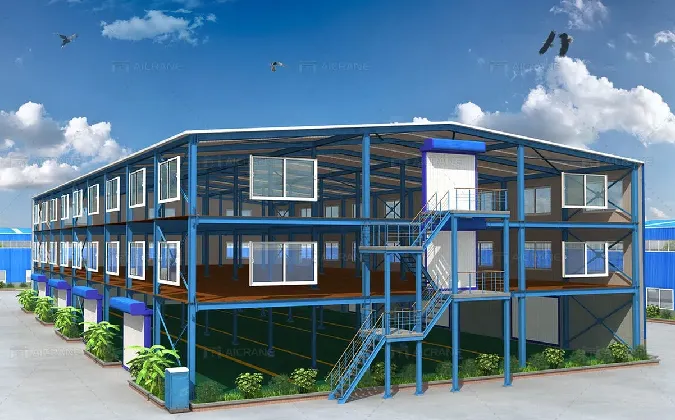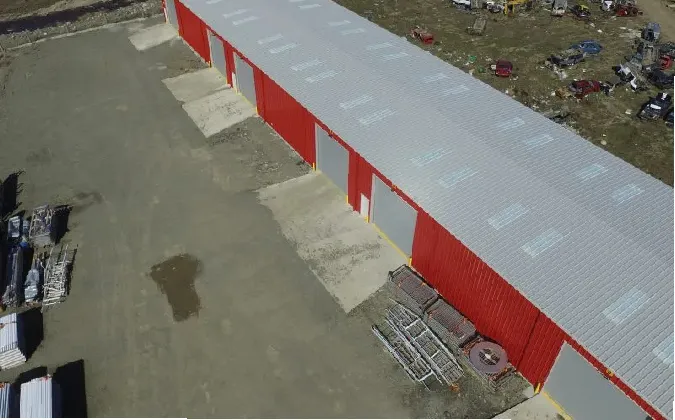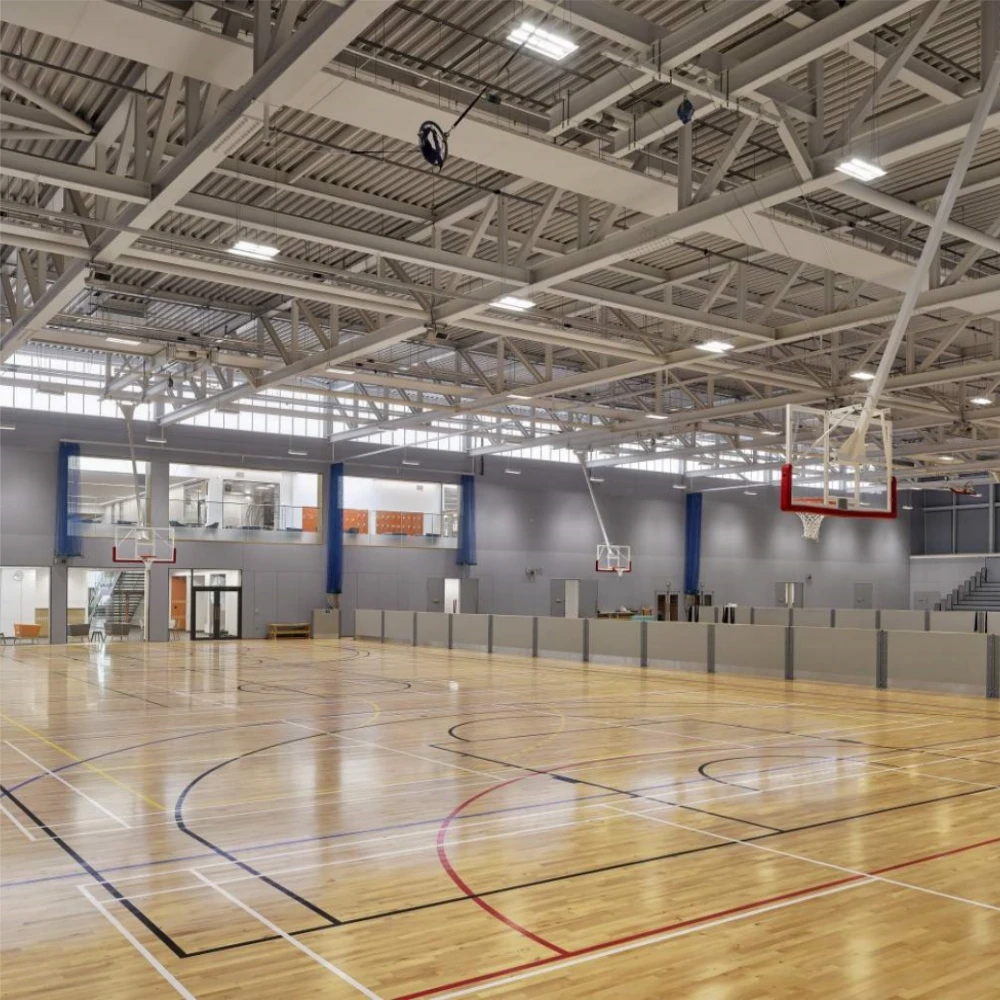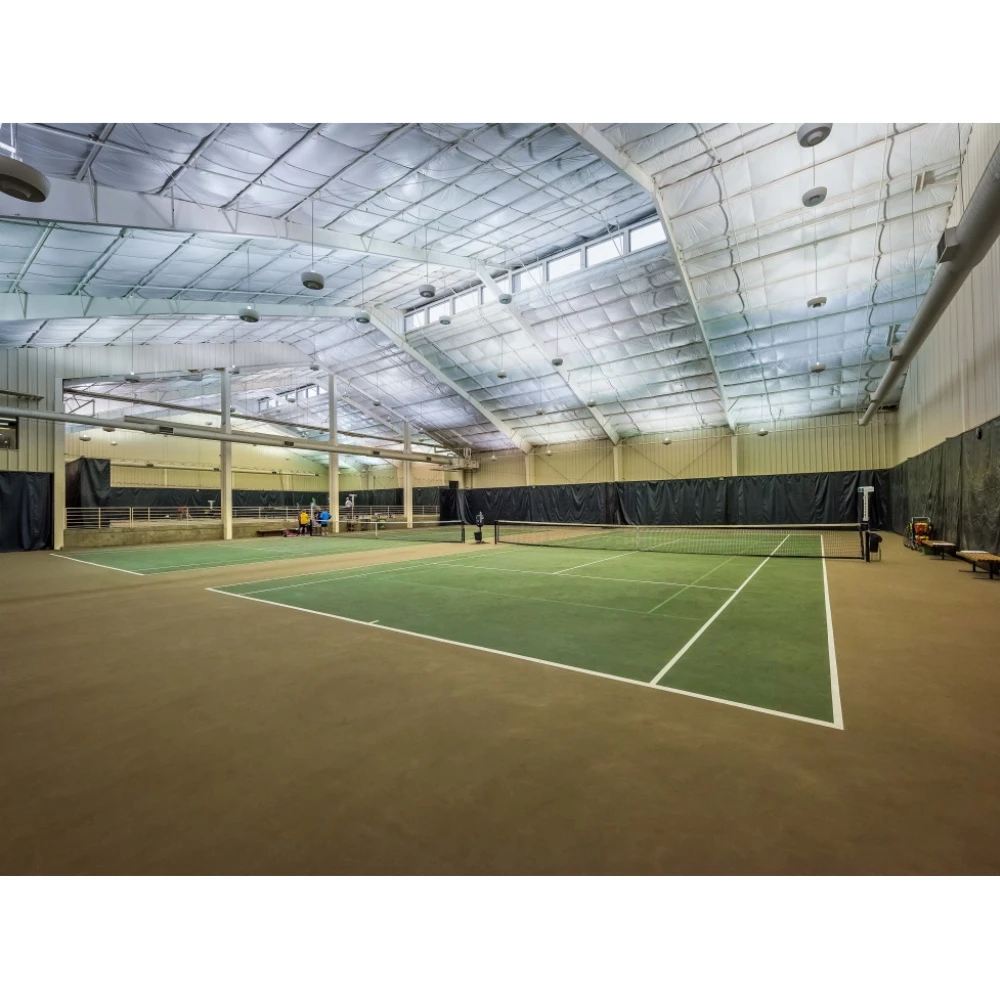- Afrikaans
- Albanian
- Amharic
- Arabic
- Armenian
- Azerbaijani
- Basque
- Belarusian
- Bengali
- Bosnian
- Bulgarian
- Catalan
- Cebuano
- Corsican
- Croatian
- Czech
- Danish
- Dutch
- English
- Esperanto
- Estonian
- Finnish
- French
- Frisian
- Galician
- Georgian
- German
- Greek
- Gujarati
- Haitian Creole
- hausa
- hawaiian
- Hebrew
- Hindi
- Miao
- Hungarian
- Icelandic
- igbo
- Indonesian
- irish
- Italian
- Japanese
- Javanese
- Kannada
- kazakh
- Khmer
- Rwandese
- Korean
- Kurdish
- Kyrgyz
- Lao
- Latin
- Latvian
- Lithuanian
- Luxembourgish
- Macedonian
- Malgashi
- Malay
- Malayalam
- Maltese
- Maori
- Marathi
- Mongolian
- Myanmar
- Nepali
- Norwegian
- Norwegian
- Occitan
- Pashto
- Persian
- Polish
- Portuguese
- Punjabi
- Romanian
- Russian
- Samoan
- Scottish Gaelic
- Serbian
- Sesotho
- Shona
- Sindhi
- Sinhala
- Slovak
- Slovenian
- Somali
- Spanish
- Sundanese
- Swahili
- Swedish
- Tagalog
- Tajik
- Tamil
- Tatar
- Telugu
- Thai
- Turkish
- Turkmen
- Ukrainian
- Urdu
- Uighur
- Uzbek
- Vietnamese
- Welsh
- Bantu
- Yiddish
- Yoruba
- Zulu
Aug . 09, 2024 13:48 Back to list
The construction of aircraft hangers requires meticulous planning to ensure they meet stringent safety and operational standards. Prefabricated steel structures offer a solution that accelerates the construction process, reduces on-site labor, and controls costs through modular design. This article explores how prefabricated steel components facilitate the quick assembly of air plane hangers and achieve cost efficiency.
Accelerating Construction with Prefabricated Steel Aircraft Hangers
Prefabricated steel components play a crucial role in speeding up the construction of aircraft hangers. These components are manufactured off-site under controlled conditions, ensuring precision and quality. Once completed, they are transported to the construction site, ready for assembly.
The use of prefabricated components significantly reduces the time required for on-site construction. Traditional methods involving on-site fabrication and assembly are labor-intensive and time-consuming. In contrast, prefabricated steel components allow for parallel processes: while the site is being prepared, components are being manufactured, leading to faster overall completion of the air plane hanger. This efficiency is particularly beneficial for projects with tight deadlines or those requiring minimal downtime.
Cost-Effective Construction with Prefabricated Steel Air Plane Hangers
Modular design is a cornerstone of cost-effective construction for aircraft hangers. By standardizing components and using a modular approach, construction becomes more efficient and less expensive. Each module is designed to fit together seamlessly, reducing the complexity of the assembly process and minimizing the need for specialized labor.
This approach not only cuts down on construction time but also lowers transportation costs. Prefabricated modules can be easily transported to the site, reducing the number of trips and logistics expenses. Additionally, the predictability of modular construction reduces waste and improves budget adherence, making the overall project more economical.
Reducing On-Site Labor with Prefabricated Air Plane Hangers
One of the primary advantages of prefabricated steel air plane hangers is the reduction of on-site labor requirements. Prefabrication shifts much of the work from the construction site to a controlled factory environment. This not only speeds up the construction process but also enhances safety and reduces labor costs.
On-site labor is often subject to various risks, including weather conditions, site hazards, and variable labor availability. Prefabrication mitigates these risks by limiting the amount of work that needs to be performed on-site. The assembly process becomes a matter of fitting pre-made components together, which is quicker and safer than traditional construction methods. This approach is particularly advantageous for building large structures like aircraft hangers, where the scale and complexity of the project can lead to significant labor costs and time delays.
Ensuring Quality and Consistency in Prefabricated Aircraft Hanger Homes
Prefabricated steel air plane hangers benefit from the controlled manufacturing environment in which they are produced. This environment ensures that each component meets high standards of quality and consistency. Quality control is easier to manage in a factory setting, where conditions are stable, and precision tools are readily available.
This consistency translates to a higher quality final product, with fewer defects and a longer lifespan. For aircraft hanger homes, which must withstand various environmental conditions and provide a secure storage space for valuable aircraft, this reliability is crucial. Prefabrication ensures that each component is built to exact specifications, reducing the likelihood of issues arising during or after construction.
Long-Term Economic Efficiency of Airline Hangers
The initial cost savings achieved through prefabricated construction of airline hangers are complemented by long-term economic benefits. The durability and low maintenance requirements of steel structures reduce ongoing operational costs. Steel is resistant to many common issues such as pests, rot, and fire, which means lower maintenance and repair costs over the structure's lifespan.
Additionally, the speed of construction reduces the time before the hanger can be used, providing a quicker return on investment. For airlines and aircraft operators, this means less downtime and more efficient use of resources. The modular nature of prefabricated hangers also allows for future expansion or modification, providing flexibility and scalability as operational needs change.
Prefabricated steel aircraft hangers represent the future of efficient and cost-effective construction. By leveraging prefabricated components, modular design, and controlled manufacturing environments, these structures can be built quickly, economically, and to high standards of quality. The reduction in on-site labor, combined with long-term durability and low maintenance, makes prefabricated steel air plane hangers an ideal choice for modern aviation needs. As the demand for rapid and reliable construction solutions grows, prefabrication will continue to play a pivotal role in the development of airline hangers and other industrial structures.
-
How Do Prefabricated Steel Structures Transform Modern Construction?
NewsJul.14,2025
-
How Do Prefabricated Metal Buildings Redefine Modern Construction?
NewsJul.14,2025
-
How Do Prefab Insulated Metal Buildings and Steel Structures Revolutionize Modern Construction?
NewsJul.14,2025
-
How Do Pre - Engineered Steel Structures Redefine Modern Construction?
NewsJul.14,2025
-
Advancing Modular Construction with Prefabricated Metal Structures
NewsJul.14,2025
-
Advancing Industrial Infrastructure with Prefabricated Steel Solutions
NewsJul.14,2025
Products categories
Our Latest News
We have a professional design team and an excellent production and construction team.






